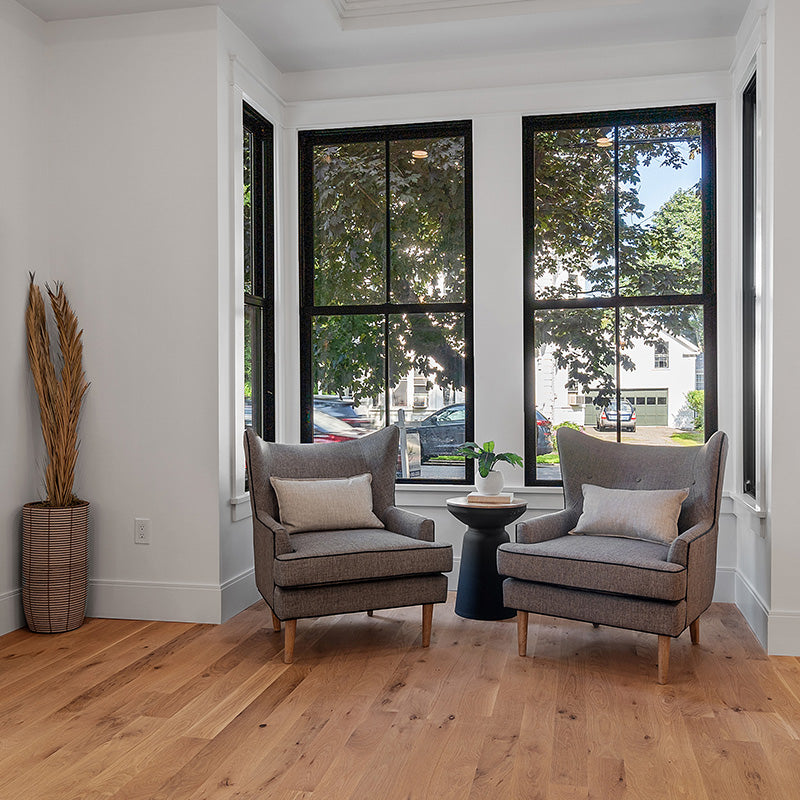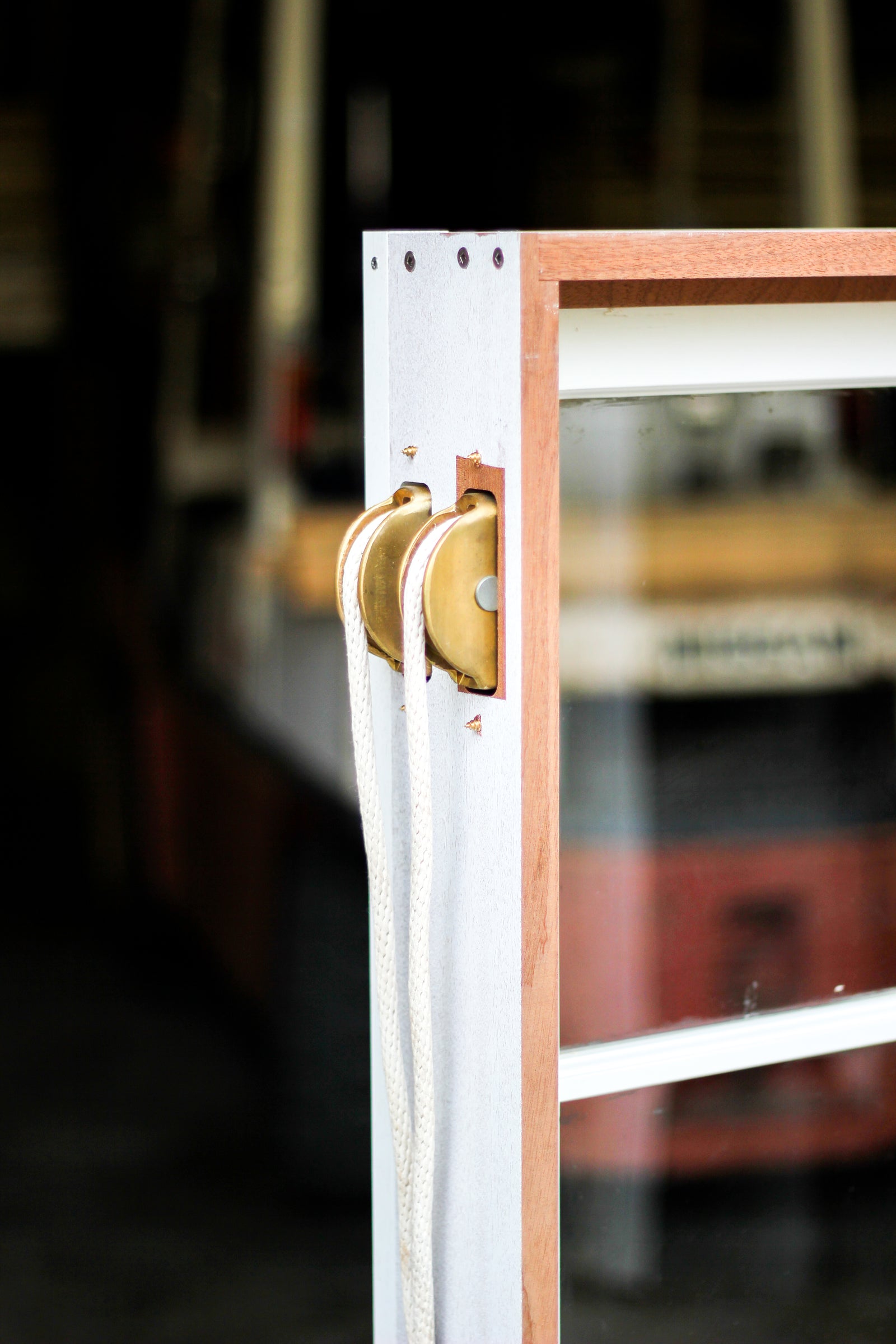Products
Projects
Resources
Polishing Its Past and Preparing Its Future
September 19, 2014
|
|
|
|
|
Subscribe Today!
Our goal is to provide you with as much information as possible. Our newsletter is full of tips, inspiration and featured projects. We promise to only send you interesting things and never share your email with anyone else.






